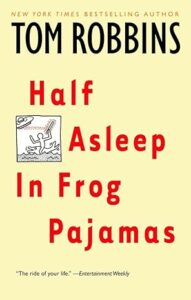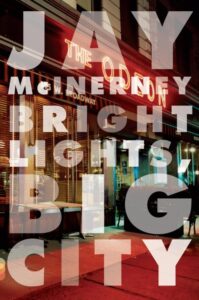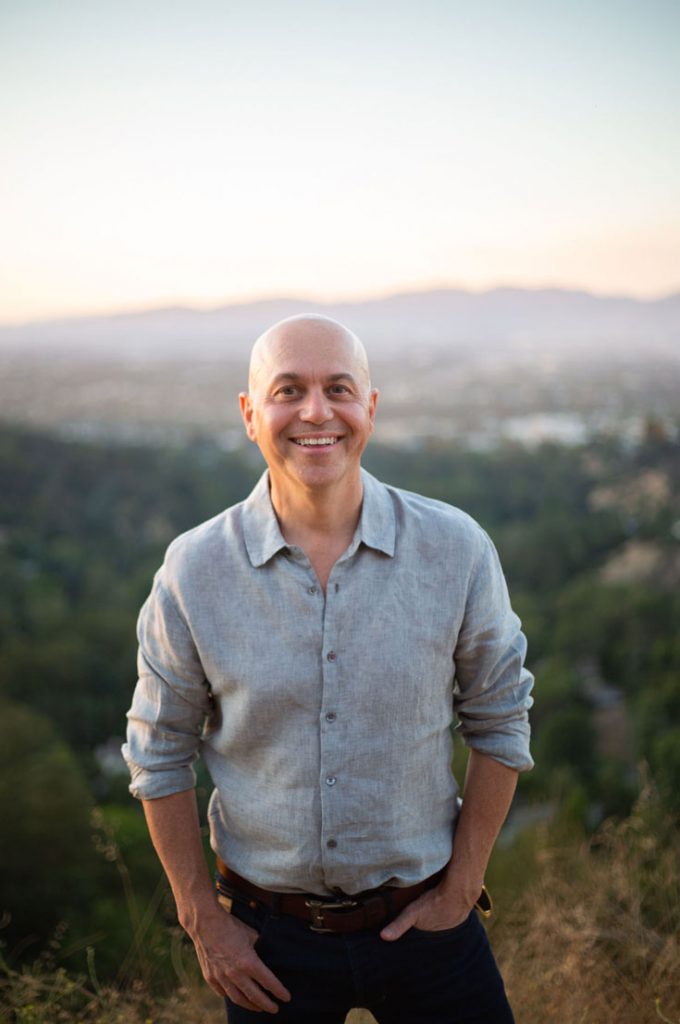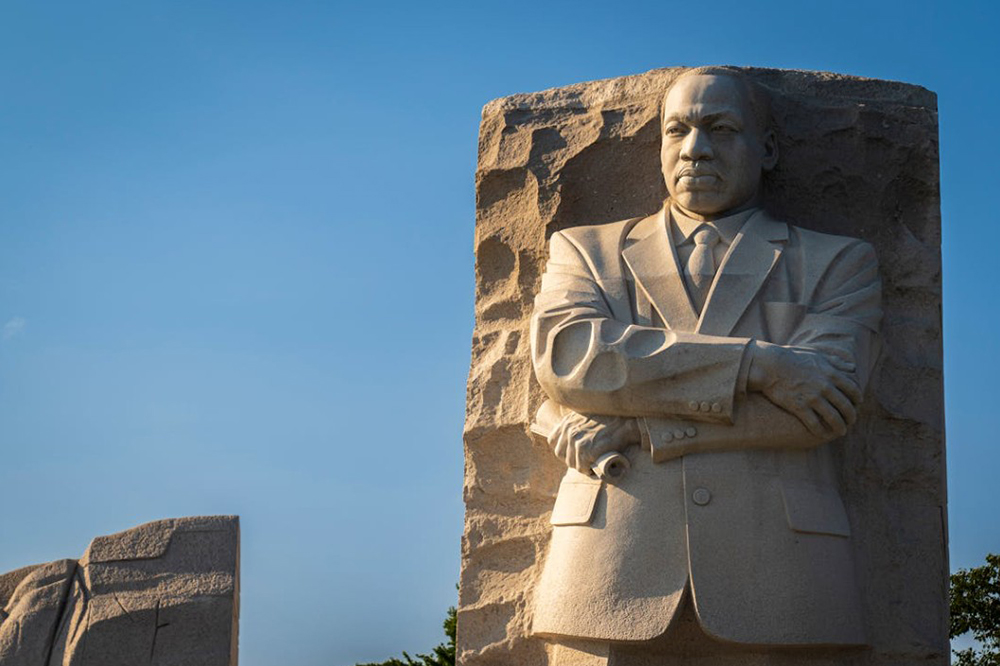You probably haven’t read many books written in the second person perspective, maybe since your last “choose your own adventure” novel. Most works of literature are written in first person or third person. Making the choice to write in second person is a bold one, and it may be the change of pace you’ve been looking for.
The second person point of view gives the action to “you.” The reader is the protagonist. The events of the story don’t happen to the first person “I” or a third person with a character name. Everything happens to “you.” In this article, I’ll go over some examples of second person point of view, look at how a story changes when told this way, and give you a Story Weapon to see if this perspective would work for you.
Table of Contents
Second person point of view places “you” at the center of the story, turning the reader into the protagonist and creating an intimate, immersive experience. Though rare and challenging to sustain, it can make a story feel immediate, personal, and fresh—drawing readers in by removing the usual distance between them and the character.
Examples of the Second Person Perspective

If On a Winter’s Night a Traveler
by Italo Calvino
This might be the most famous example of writing in the second person point of view, and for good reason. The book has a disjointed narrative in which the protagonist (you) starts and stops reading different books. Calvino explores the idea of narration and imagination, as well as the relationship between reader and author. Here’s a quick excerpt to give you a taste, right when the protagonist is about to start reading the first book in the story:
So here you are now, ready to attack the first lines of the first page. You prepare to recognize the unmistakable tone of the author. No. You don’t recognize it at all. But now that you think about it, who ever said this author had an unmistakable tone? On the contrary, he is known as an author who changes greatly from one book to the next. And in these very changes you recognize him as himself.

Half Asleep in Frog Pajamas
by Tom Robbins
The wild adventure begins with a market crash. Part of the book’s charm, besides the mystical influences and philosophic undercurrent, is the dislikable protagonist. Robbins makes great use of the second person here by challenging the reader to dislike the actions of the protagonist while being stuck in her shoes. Here’s a moment of narration from the book:
Alas, the money is going away. It is leaving America as fast as its stubby green legs will carry it. America, who loved it so dearly. It has already left the lazy and the stupid — and now it is leaving you. You are heartsick about it, and you’ll be damned if you will give Baby Panhandler that five spot you have semi-drunkenly, semi-guiltily pulled from your purse. Hey, folks! You’ve got financial problems, too. Have you ever! At least these people don’t have Porsche payments and a condo mortgage to worry about.

Bright Lights, Big City
by Jay McInerney
This novel is an electrifying portrait of a downfall, all happening to the second-person “you.” The use of the second person perspective in this novel makes the debauchery in the book vivid and inescapable; it feels like the stench of the world sticks to you and the bright lights blind you. The book opens like this:
You are not the kind of guy who would be at a place like this at this time of the morning. But there you are, and you cannot say the terrain is entirely unfamiliar, although the details are fuzzy. You are at a nightclub talking to a girl with a shaved head. The club is either Heartbreak or the Lizard Lounge. All might come clear if you could just slip into the bathroom and do a little more Bolivian Marching Powder. Then again, it might not.
In an attempt to forget his troubles, the young narrator of this story set in the ‘80s has turned to cocaine and parties. We’re dropped right there with him in the haze of his brain through the second person perspective. And here the reader is also immediately introduced to the central conflict that drives the story: the divide between who the protagonist wants to be, his ideal self, and the reality of what he’s doing and where he ends up as he succumbs to the various hedonistic temptations New York has to offer him.
Should You Use the Second Person Perspective?
There’s something to be said for novelty. It can be hard to differentiate your work in a world of books told in a similar fashion. Second person is an interesting choice and on its own might make a casual reader give it a chance. Or . . . they might find it too jarring to sink themselves into a new perspective in this way.
Second person comes a lot easier in writing a song or poem than a full story. It’s tricky to master, which is probably the main reason why it isn’t often attempted.
There are so many stories, however, that feel distant or like they were written for someone else. Although it’s a task to keep that momentum going, the directness and freshness of the second person perspective can grab a reader’s attention.
After all, the events of the story aren’t happening to someone else; they happen to an imagined “you.” The unique style of the second person perspective gives you their attention for free, at least on the first page. The second page is its own challenge.
“Second person generally serves one of two purposes: in nonfiction, it instructs; in fiction, it immerses.”
Phoebe Pineda
Experimenting with Second Person POV
The second person perspective closes the distance between the reader and the protagonist. When experimenting with the second person point of view, consider taking something you started writing in third person or first person perspective and reshaping it. Does your story lend itself well to that level of intimacy?
Take, for example, the story of Crime and Punishment by Fyodor Dostoevsky. The story explores guilt, violence, and remorse, centering around an act of unspeakable violence. As part of the book’s exploration of these themes, Dostoevsky writes this story in the third person. We’re privy to the thoughts of the protagonist–Rodion Romanovich Raskolnikov–but kept at enough of a distance that we can still judge him and forgive him throughout the text. The same story told from the second person perspective would close the distance. Let’s take a look at a moment from the book and see how it feels in the second person perspective. Here’s the original:
He had not a minute more to lose. He pulled the axe quite out, swung it with both arms, scarcely conscious of himself, and almost without effort, almost mechanically, brought the blunt side down on her head… Then he dealt her another and another blow with the blunt side and on the same spot. The blood gushed as from an overturned glass, the body fell back. He stepped back, let it fall, and at once bent over her face; she was dead. Her eyes seemed to be starting out of their sockets, the brow and the whole face were drawn and contorted convulsively.
And now let’s try it in the second person point of view (brought into the present tense as well to emphasize the differences):
You have not a minute more to lose. You pull the axe quite out, swing it with both arms, scarcely conscious of yourself, and almost without effort, almost mechanically, bring the blunt side down on her head… Then you deal her another and another blow with the blunt side and on the same spot. The blood gushes as from an overturned glass, the body falls back. You step back, let it fall, and at once bend over her face; she is dead. Her eyes seem to be starting out of their sockets, the brow and the whole face are drawn and contorted convulsively.
The same events, written with the reader holding the axe this time, plays out differently. It offers a lived experience and removes the comfort of distance between the character and the reader. It’s harder to judge the actions now, but we can feel the violence coming from us. Bringing it into the present tense also helps this sense of immediacy.
There are plenty of reasons why Dostoevsky might not have chosen the second person perspective, not least the number of characters in the novel, but one of them is his focus on judging the crimes of another person. Most of us are more likely to be on a jury than on trial ourselves; the moral dilemma of condemning another human being to prison or death for their actions is something worth exploring. It helps to have that distance from Raskolnikov in Crime and Punishment for that reason.
In another story, however, putting the axe in the hands of the reader might be the better option to play into different themes.
Though the second person perspective likely wasn’t your first instinct when picking a point of view, there are plenty of reasons to try. It works in any medium and offers a break from the type of storytelling we’re used to. Even if you don’t complete a full novel or story in this style, trying it out is a great way to develop your instincts and expand your literary range.
If you’re in a rut or have a bad case of writer’s block, experimenting with the second person perspective is a lot of fun. Hopefully, your experiment is a success.
Your Story Weapon: Writing Exercise
Here’s an exercise to explore whether or not your current work in progress might benefit from a point of view refresh.
Take three paragraphs of your work and rewrite it in second person.
Read it out loud. Notice how it sounds. Notice how it feels. Perhaps it doesn’t work for this narrative, but maybe you see opportunities for another story to be told from this perspective.
Remember, your sole purpose as an artist is to build a body of work. Voice is something we often only discover in retrospect. By shaking things up and exploring a voice that might initially feel foreign to you, you will widen your arsenal of storytelling skills.
For more writing guidance, join one of my workshops: The 90-Day Novel, The 90-Day Memoir, Story Day







